Sunshine filled our room, and I was the first to wake up. We slept with the window ajar, and a revitalizing breeze kept us cozily under the blankets during our slumber. We cannot sleep with windows open at home, due to noise pollution, but London is so peaceful! No noisy trucks, no blaring sirens (European sirens are more subdued, and aren't used unless needed, whereas American ambulances/fire engines drive slowly—as if paid by the hour—while keeping their sirens on during the entire time). No boisterous car stereos. No drag racing. No loud trucks with bad engines. No frenzied car horns at 7am. It was great!
Lewis also awoke to the refreshing realization that there was no construction noise outside of our bedroom window. Living in most parts of New York City is like being in a perpetual construction zone. Currently, there are nine construction sites near our home, and they spew noise and dust during six days per week. Due to NYC's greed and overdevelopment, every single month of the 10 years that we lived in Astoria was tainted with noise pollution from demolition, construction, and developers. Making it worse, NYC includes ceaseless road work by overpaid construction crews who repeatedly rip up and repave roads. Thus, Lewis and I savored a simple thing like a serene morning with a bedroom window open. The only sound was a muted street sweeper doing its job on the pavement. (Unlike NYC, it actually removed the debris, instead of pushing it around and making clouds of dust).
To hear samples of our existence in NYC, please click this link:
https://halfwindsorfullthrottle.blogspot.com/2021/11/local-noise-pollution.html
We rode the elevator downstairs and exited onto Sloane Street. Due to Britain's COVID precautions, all visitors were required to schedule a Day Two COVID test. Previously, we easily made an online reservations at the Hale Clinic on Harley Street. It was easy to hail a Black Cab, and the polite driver was an older man.
By then, we were accustomed to seeing the driver seated on the right side and driving on the left lanes of the road.
During our trip to Japan, we experienced the same arrangement because, in the 1850s, the Empire of Japan modeled itself on Britain. (We also saw British-looking postboxes and old photos of royal courtiers wearing British-style uniforms... made in London).
It was another pleasant ride. Unlike in the USA, drivers don't force passengers to listen to whatever music they play on their radios. That never happened during our cab rides. Our rides were serene. Sometimes, we chatted with the drivers, who were all courteous and knowledgable. They did not behave like that for tips; tipping is not customary.
Zooming past Lowndes Square...
...our ride took us along a historic route named King's Road, begun in the 1600s. In years of yore, access was granted to people who had a token from the king. Ironically, it leads to Buckingham Palace, which wasn't made into a royal residence until 1837 by Queen Victoria (to escape her domineering mother at Kensington Palace, whom she soon banished from her Royal Court).
King's Road goes through the middle of Eaton Square, a beautiful road in the prestigious Belgravia neighborhood. It was the setting of Upstairs Downstairs, a BBC series in 2010 that we enjoy. Nearly two centuries ago, a marquess named Richard Grosvenor built it and named it for his country house: Eaton Hall. Untouched by time, rows of pristine townhouses line either side of a pastoral greenway.
Next, our cab passed the Royal Mews: a sizable complex of stables (for 30 horses), coach houses, and garages.
Next, we paused at Buckingham Palace. It is one of the capital's most-popular attractions. Thankfully, a red traffic light lent us time to admire it.
We noticed that the Royal Standard was not hoisted on its flagpole. Evidently, the Queen was not in residence. (As a princess and queen, she resided there since 1937). Whenever she occupies the palace, the top of it looks like this.
*Note: We accepted advice from other travelers and did not watch a Changing of the Guard ceremony at the palace.
If you want to view the Queen's Guards, it's better to see them as they march from Wellington Barracks or St James's Palace. Most uneducated onlookers go to the palace but only see this...
:-)
Incidentally, the Coldstream Guards is not the only regiment to protect the palace. Yet, it is the oldest in the British Army: formed in 1650. Like all British soldiers, its troops swear an oath of allegiance to the Crown and belong to Her Majesty's Armed Forces.
In addition, the Defense Services Secretary is a member of the Royal Household. So far, the Queen employed 22.
The palace is Her Majesty's London residence, where she does most of her work as the monarch of the UK, 14 Commonwealth Realms, and three Crown Dependencies. She is the Head of State for 14 British Overseas Territories. (For them, the Queen does not act on advice from Parliament; she acts as the monarch of each territory). She is the Head of the Commonwealth that includes 54 countries. Since 1952, she hosted banquets for 152 State Visits, and she completed 21,000 engagements. She gave Royal Assent to over 4,000 Acts of Parliament. She conducted 650 investitures. She provides Patronage to 500+ organizations: educational, athletic, faith-oriented, and cultural. The palace contains offices for her courtiers, the households of her children, and some have apartments there as their London residences. 800 people work there. One of the longest-serving courtiers is the Queen's main Lady-in-Waiting: a baroness named Lady Susan Hussey. She is Queen Elizabeth's trusty aide, errand-girl, companion, and godmother to Prince William. There are four other ladies-in-waiting, who assist with correspondence and events. However, the most integral member of the Royal Household is the Queen's Private Secretary. Throughout her reign, she had nine, as well as seven Deputy PS's, and 17 Assistant PS's.
From there, we sped down The Mall. Unlike American malls that are needless shopping centers, British "malls" were designed as places to commiserate whilst people walked or rode horses. They are pathways that have nothing to do with shopping. The Mall in London stretches from the palace to the center of British government.
Unlike cabbies in the USA, the Brits did not elongate our journies to make more money on their meters. In fact, that driver told us that we could save money by being dropped off on one side of Cavendish Square, instead of him driving around one-way streets to get us to the other side, where the clinic was on Harley Street. It was genuine British hospitality.
The Square is a public garden named for the noble Cavendish family, which became the Dukes of Newcastle (extinct in 1988) and the Earls-then-Dukes of Devonshire (1618 t0 present).
Since the 1800s, Harley Street has been a haven for medical specialists and the Royal College of Nursing. Nowadays, 3,000 professionals work there for paramedical practices, hospitals, clinics, and diagnostic offices. It was named for the 1767 Lord Mayor of the City of London: Thomas Harley. Harley Street is on land that is privately owned by the baronial Howard de Walden family.
Developed since 1715, their entire urban estate is worth £4.7 billion. It was initially purchased by the Duke of Newcastle, whose daughter inherited it and married Edward Harley, the future Earl of Oxford. That all happened during the reign of Queen Anne, and a street is named in her honor. The barony is now overseen by a member of the clan who is a film producer.
*In the 1200s, the rank of baron was brought to England from Continental Europe; 426 barons and 9 baronesses exist in England. There are 24 dukes (not including royal dukes).
Traditional buildings in England put business signage on brass plaques, and they have shoe/boot scrapers by the entrances to keep your feet clean before entering.
The clinic's 50 therapies are the widest range in Europe. We were happy that we selected it, instead of waiting in line with dozens of people at places like Paddington Station. The reception room smelled of lemongrass, and bouquets of flowers adorned every table. The youthful staff was immensely helpful, and we were admitted immediately, despite being 20 minutes early. During our antigen tests, the practitioner swabbed our mouths, and the test results were emailed to us by dinnertime, and they were communicated to the British government. While there, we scheduled our Fit to Fly test (needed before our homeward flight). Thus, we completed our obligations for traveling in the UK. We are responsible world travelers who prefer to follow the rules.
We also favored that clinic because of its proximity to the British Museum, which was our next destination. But first, we craved some viennoiserie. As fans of the televised Great British Bake Off, we were intent on finding some proper-made British baked goods.
*For some humor about that TV show, please go here:
https://halfwindsorfullthrottle.blogspot.com/2021/01/sexual-innuendo-overheard-on-great.html
Online research pointed us to Miel Bakery, which was nearby on Warren Street. Ergo, we ventured into the neighborhood of Fitzrovia, which is brimming with ornamental brickwork!
Its name stems from the fact that the area was previously an estate of the ducal FitzRoy family, whose ancestor was the illegitimate son of King Charles II: the Merry Monarch. The name FitzRoy means "son of the king" in Norman-French. *(At the age of 101, Ann Fortune FitzRoy is the Duchess of Grafton, and she is one of the Queen's ladies-in-waiting. Founded in 1769, Grafton County in New Hampshire is named for her ancestor).
Fitzrovia's handsome coziness reminded us of Boston. Some of the townhouses retained their separate Servants/Tradesman Entrances as historic markers, as seen below.
Lewis paused for a photo against a small-sized door to the King's Head Pub. He thought the snug size was interesting. There are several pubs with that name in London. Lately, English "pub food" and "gastropub menus" are adding finer sausages (which the British call "bangers"), chops, casks of ale, and whiskies. Many retain their fireplaces, antique bars, historic wood flooring, and plasterwork... and they keep them pristine.
We walked north on Marylebone High Street. "High Street" is the equivalent of "Main Street".
Finally, we exceeded the boundaries of the City of Westminster and entered the borough of Camden. Its name derived from Camden Place, the estate of Charles Pratt, the Earl of Camden, who owned the area in the 1790s. (*Trivia: Camden County in New Jersey is named for the earl). Camden's coat of arms involves a lion, griffin, and an elephant; the abbot's hat reminds you that Westminster Abbey owned the land for six centuries.
We arrived at Warren Street. It has adjacency to a cluster of high-rise office towers, yet it maintains its coziness due to low-rise buildings everywhere else.
Influenced by French boulangeries and pâtisseries, Pastry Chef Shaheen Peerbhai is the owner. She was schooled at the Cordon Bleu in Paris, as well as at Chef Alain Ducasse's Center. After working at 3-Michelin-star restaurants, she opened this bakery in 2019... but avoids Michelin-star prices.
Everything that we saw was baked on the premises, that morning. The flour is milled in Normandy, France. Farm-fresh British eggs are used, and butter comes from a creamery in Poitou Charentes, France (an epicenter of excellent butter). Seen below, I ate a pain-au-chocolate, and it was heavenly.
Above, each perfectly-flaky glazed palmier cost £2.20, while lesser-quality ones in our neighborhood cost $4.00.
Below, the shiny tarts were made with 70% Valrhona chocolate, and only cost £3.75 each.
After snacking outside, Lewis noticed a bustling Vietnamese eatery, farther on the street. We lunched there, and it was a great decision. Bang Bang Vietnamese Canteen employs a multi-racial team, and it attracts a multi-racial clientele. Its authentic menu and hip interior were delightful. We got seated just before a long line formed outside! Perfect timing! Nobody on the line got impatient or left it in a huff. Everyone was attended to in a rapid-yet-conscientious way, and people were efficiently given their seats/orders. The bahn-mei sandwiches are only made for Take Away orders, so we couldn't add one to our in-house luncheon. A suited gent asked if he could "break that rule" but he was nicely denied. In Manhattan, a typical customer might erupt with curses of arrogant indignity. In London, the well-paid executive merely said, "Ah, no problem" and departed without objections—and with simple pleasure that he got a tasty sandwich. Lewis was impressed that so many people chose Vietnamese flavors for lunchtime. Such places are mostly empty at lunchtime in Manhattan and Astoria. However, Bang Bang was full of office workers, grannies lunching together, college students, and trendy-dressed couples. It seems the British overcame their racial stodginess that was infamous in the past.
A bilingual waiter used his charming English accent to describe our dishes: Beef Noodle Pho, Salt & Pepper Squid, and crispy Spring Rolls. A housemade yuzu lemonade quenched our thirst.
When the tables got full, customers took their meals to public benches in the vicinity and around the park (Fitzroy Square). London is a Green City, so its plethora of parks are void of litter, and they have lush lawns and manicured landscaping.
After lunch, we traversed land that is part of the Bedford Estate, owned by the Dukes of Bedford since 1669. (John Russell, the sixth duke, built Covent Garden Market).
Due to mismanagement of the dukedom, much of their land was sold; a chunk went to the British Museum. South of Bedford Square, we wandered along Bedford Avenue, full of stately brick buildings named Bedford Court Mansions. Residents must get permission from the Bedford Estate to have access to the private gardens in Bedford Square.
(*Trivia: Virginia's Bedford County is named for the fourth duke... as is the Bedford County in New Jersey).
We noticed many Blue Plaques, which are historical markers administered by a charity named English Heritage. This one denotes the home of Dame Helen Gwynne-Vaughn, who led the first Women's Army Corps in 1917. In recognition of her work, she was knighted and seemed to enjoy her damehood.
We moseyed south to the Museum (seen below), located in the Bloomsbury district on Great Russell Street. (Russell probably wasn't great, but "Great" means a main road).
It was a relief NOT to wait on a line to enter a museum. It was a thrill to bypass a Ticket Booth line... because the museum's admission is free. In fact, 26 of London's biggest and notable museums are FREE. That is impressive. In NYC, the overpaid museums might be free to New Yorkers, but everyone else must pay $25 or more. London's museums are free to all. That is because cultural/artistic awareness is a British priority, and the government's finances can support it. It's amazing what a government can do when it doesn't embezzle/waste its money. As this short video shows, the outside of the museum was handsome... and void of smelly food carts selling hot dogs. Patrons nibbled at an open-air cafe, while respectful security guards did "bag checks". Notice how green the wavy lawn is, with perfect lines of contrasting grass.
Inside, the newer buildings and courtyard are covered by a dazzling glass ceiling.
From there, we explored the winding streets. It was a nice day, so many people continued to sit outdoors and sip espresso, bubble tea, sherry, and pints of ale.
The Royal Mail was founded in 1516 by King Henry VIII...
...not to be confused with the General Post Office that King Charles II—inventor of the men’s suit—established in 1660. The GPO stamps and prepares things for shipping, but the Royal Mail is the courier between users and post offices. Unlike the USA's Postal Service, they are successful. The Royal Mail proudly achieves delivery anywhere in the UK within one day. In our home-state, postal customers—who pay for their postage and also pay taxes to make the Postal Service operate—doubt that anything will get from one side of New York State to the other, before several days pass!
Thanks to London's low skyline, the setting sunlight glinted on the gold signs that hung outside various pubs—almost as the perfect way to attract customers who were leaving work.
Lewis and I relished the nice urban landscape. Unlike in NYC, we never had to sidestep crass people selling "imitation merchandise/knock-off handbags" in the middle of the sidewalk. There weren't more smelly food vendors outside of every cluster of shops. This is what Manhattan streets look like... a third-world country.
We had theatre tickets for that night, and impending dinner reservations, so we dashed to the hotel and changed clothes. We dined at London's oldest restaurant: Rules. It was founded in 1798 (the year that Napoleon began his exploration campaign of Egypt) by a menace named Thomas Rule. He "mended his wayward ways" and prospered as a restauranteur.
Spanning the reigns of nine monarchs, Rules is famous in the UK and overseas. Before he ascended the Throne as King-Emperor Edward VII, the Prince of Wales (named Albert and nicknamed Bertie) loved dining there and canoodling with young women. To enable him, Rules installed a secret staircase (we used it to get to the lavatory, which the British call a "loo")...
...that he used to sneak upstairs to his private dining room.
Incidentally, the hand soap is accompanied (in typical gentlemanly style) by hand lotion in many of the places that we visited in London. At Rules, they use an aromatic brand that was conferred with two Royal Warrants (from the current Queen and the current Prince of Wales), due to its excellence. The luxurious soap is triple-milled to produce a rich lather. The cream smelled like sandalwood, citrus, cardamom, and musk.
The company was founded in 1870 as a perfumer for nobility. They are still official Purveyors to the Royal Court.
By happenstance, the widely-popular BBC TV drama, Downtown Abbey (another favorite of ours) filmed a scene at Rules. That was coincidental for Lewis, who wanted to visit Highclere Castle (home of the Earl and Countess of Carnarvon, where the series is filmed), but its tour season ended before we arrived. As compensation, it was amusing to sit inside another place used by the Downtown cast/film crew!
During our trip, we did not visit Downton's fictional earldom, but we did explore a modern-day earldom... and a barony in England's capital. (Later, we ventured through part of a duchy).
*To see when Lewis and I toured through Highclere Castle (where Downton Abbey is filmed), please use this link:
https://halfwindsorfullthrottle.blogspot.com/2022/09/our-return-to-london-5-of-6-highclere.html
Speaking eloquently, the maître d' sat us in a corner banquette, which was perfect, so we could sit side-by-side and admire the room. The rooms are lushly beautiful. Harkening to its history of serving game meat, there are antler trophies mounted on various walls... giving a "manor house" effect.
Lending a London-esque flair, vintage hand-drawn caricatures of famous Londoners (presumably used in old magazines and newspapers) adorn the walls.
Satisfied with a perfect meal, we sauntered a short distance (which we planned beforehand) to the London Coliseum, built in 1904. Towering overhead, its globe is unmistakable.
We attended a marvelously-entertaining musical theatre performance of Hairspray: full of 1960s glamour, racial integration, body-size appreciation, snappy/swingy songs, spiffy costumes, groovy choreography, and toe-tapping singing!
With our heads full of catchy tunes, we hummed, sang, and whistled, as we walked to our hotel. Nightfall put the capital in a glow of lamplight and moonlight.
London's medieval alleys remain in its urban landscape and are kept tidy/lit for regular use. In New York, such passageways would be unsafe to use. In London, people used them regularly without fear. It was so nice to be in an upstanding society!
This time, our route took us along Pall Mall, a stately road named after a 1600's ball game. It became fashionable during the reign of King Charles I (until he was executed) and resumed with his son, King Charles II. Charles II oversaw the Restoration of the Monarchy after Oliver Cromwell's Civil Wars that beheaded his dad and outlawed Christmas. Then—while fathering numerous illegitimate children (Lady Diana was a descendant of one)—he dealt with The Plague and the Great Fire of London. *Trivia: in the USA, North Carolina and South Carolina are named for King Charles, using the Latin word for Charles: Carolus.
The Pall Mall is full of handsome buildings—many are social clubs. We saw the Reform Club and the Travelers Club. (If you know the storyline of Around the World in Eighty Days, those clubs seem to have a connection. Ha ha!)
Some of them were equipped with fanciful torches, to welcome dinner guests. It looked like this...
Grander than the one we visited in Boston, London's Athenaeum is there. To see our exquisite visit to Boston's, please go here:
https://halfwindsorfullthrottle.blogspot.com/2018/04/our-trip-to-boston-part-1-of-3-walking.html
*The interior of the Reform Club is also prominently used for filming a titillating 2020 series, Bridgerton, which we enjoy.
We found ourselves on Marlborough Road, facing the Friary Court of St James's Palace, which was erected in 1531 by King Henry VIII for his mistress (soon to be his second wife): Anne Boleyn. No, I did not misspell its name. It is not St. James' Palace (which would be grammatically correct in the USA). Its location appealed to them as a secluded escape from his royal court at the nearby Palace of Whitehall. In daylight, the preserved structure looks like this...
After three centuries, it evolved into the place where the Queen's Guards are stationed when they provide sentries for Buckingham Palace. Ambassadorial duties occur there for the Diplomatic Corps. Annually, it hosts 100 events for national charities. It is a royal residence: minor members of the royal family live there. Offices for the Royal Collection Trust and Yeoman of the Guard are there. The Chancery of the Orders of Knighthood is headquartered there. In 2013, the Queen's great-grandson, Prince George, was christened in the Royal Chapel.
The palace defines the St James's District. This is what it looked like to us on that night.
In 1786, it was the scene of an assassination attempt on King George III. He had a benevolent routine of accepting petitions there from citizens who couldn't vote. One deranged woman tried to stab him but was thwarted. Famously, George pardoned her because she was "not well". It humanized him and increased his popularity. In South Carolina, Georgetown County is named for him, as is Georgetown University in Washington DC.
Across the street, Marlborough House was built in 1708 as the Duke of Marlborough's city estate (via a 50-year lease from the Crown, which owns the land). It was built for the Duchess, Sarah Churchill, who was a "favorite" of Queen Anne. In 1704, the Queen built their "country estate": Blenheim Palace, which is still inhabited by the ducal family. Lewis and I are familiar with that lesbian tale, thanks to a film titled The Favourite (seen below). Nonetheless, Anne was impregnated 17 times by her husband, a Danish prince, but no children survived.
As famous architects, Sir Christopher Wren and his son designed the house, using Dutch bricks. In 1817, the property reverted to the Crown. Today, it serves as headquarters to the Commonwealth of Nations. This is what it looks like in daytime.
Turing right onto The Mall, we enjoyed its peacefulness. Without overdone urban lighting, it retained its natural woodsy serenity. We passed a dozen cyclists (who used the bike lane), joggers, and people walking their terriers. A squad of motorcycle cops zipped around the bend, probably going to form an escort for a dignitary. Traffic was light, and our stroll was lovely. We paused by the Victoria Memorial to photograph ourselves against the gilded Canada Gates (circa 1901).
Then, we continued up Constitution Hill, observing the historic WWI-era cast-iron repellents atop the brick wall that encircled Buckingham Palace and its lake, honeybee aviary, and gardens (350 species of British flowers). It looks like this--and seems more forbidding at night.
Recently, Lewis watched a nature-themed documentary on the organic methods used at the impressive 42-acre garden. Every summer, Her Majesty hosts at least three stellar garden parties. She commands her Lord Chamberlain to invite 8,000 guests to each one. It is yet another way in which the Queen recognizes contributions to the country made by people from all walks of life. The events tend to resemble this... (please turn on the sound for this brief video)...
Returning to our hotel, we were in a perfectly frisky mood to get under the blanket! Our energy matched the buzz of the capital at night.
See you in the next part, as we journey to the largest inhabited castle in the world!













































































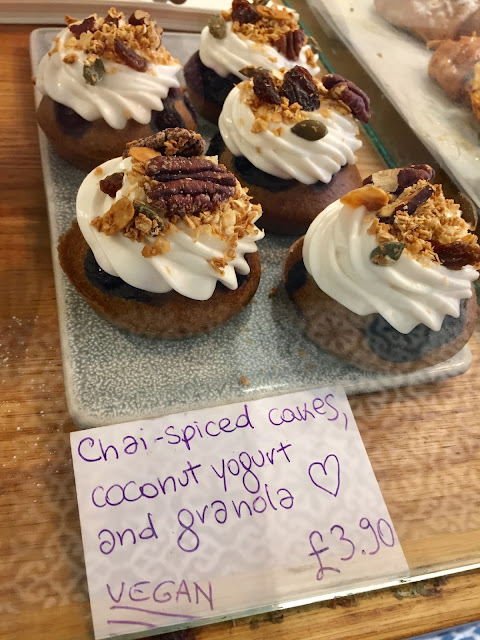
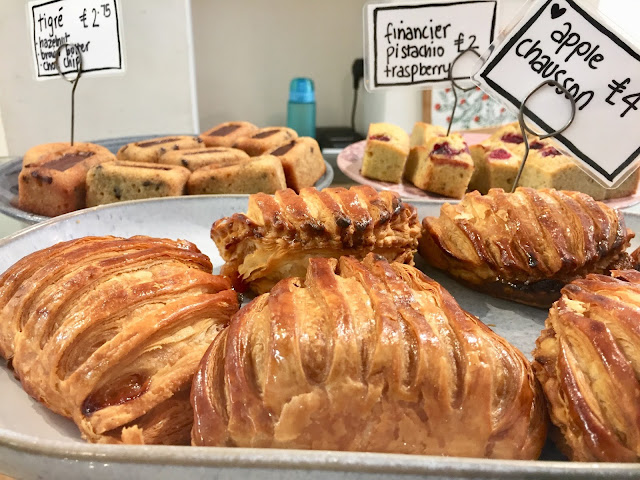
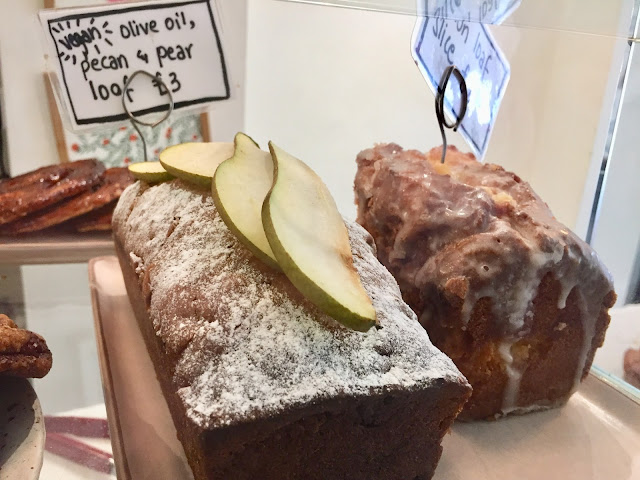



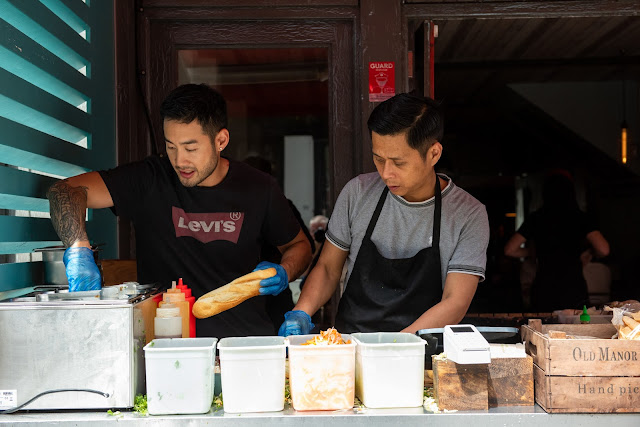


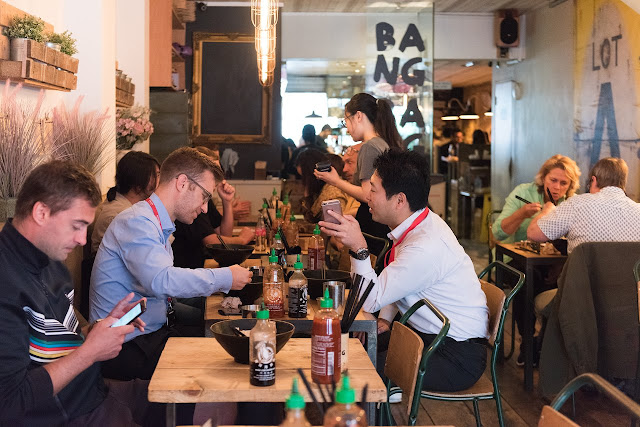





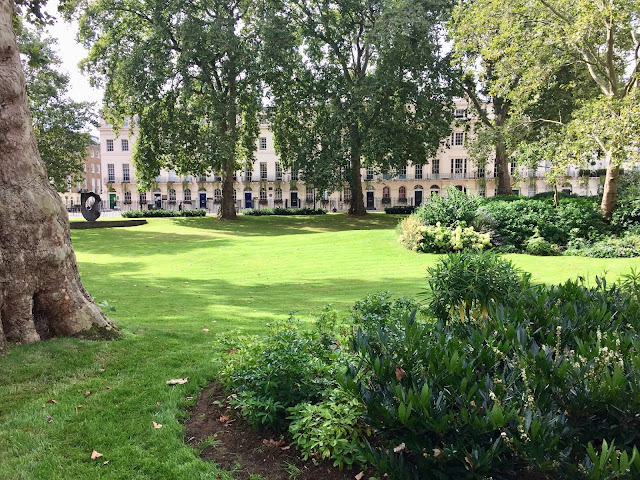






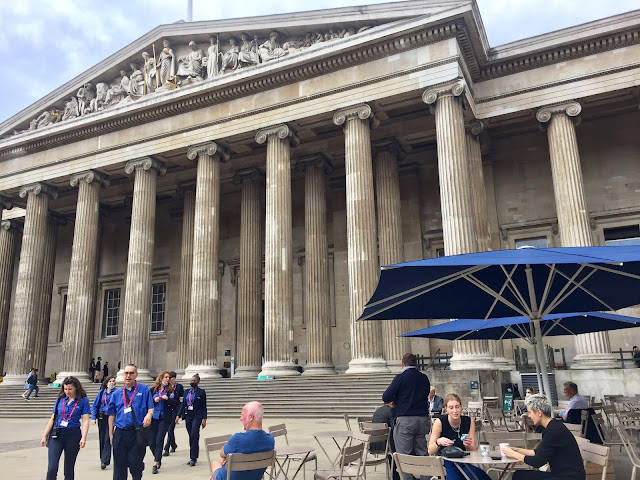


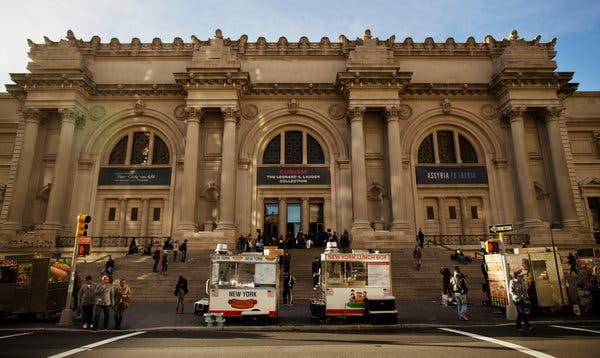




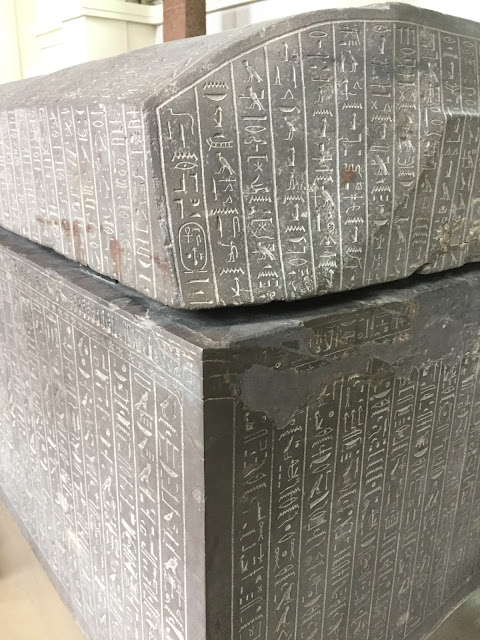













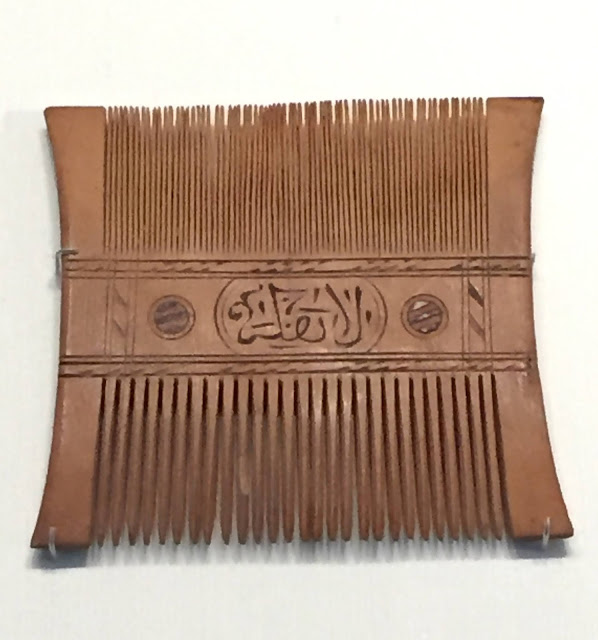



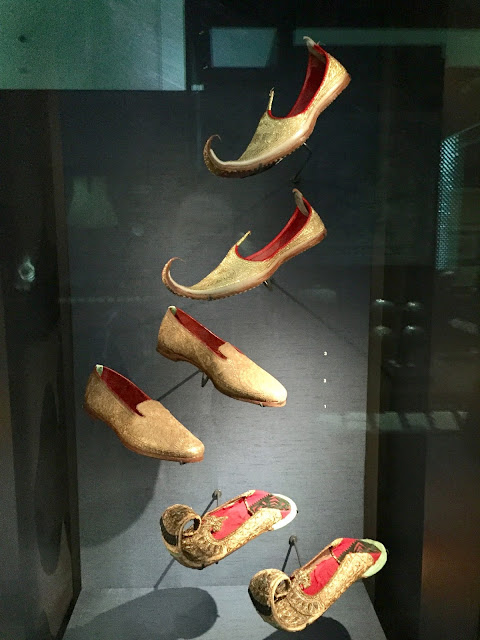
































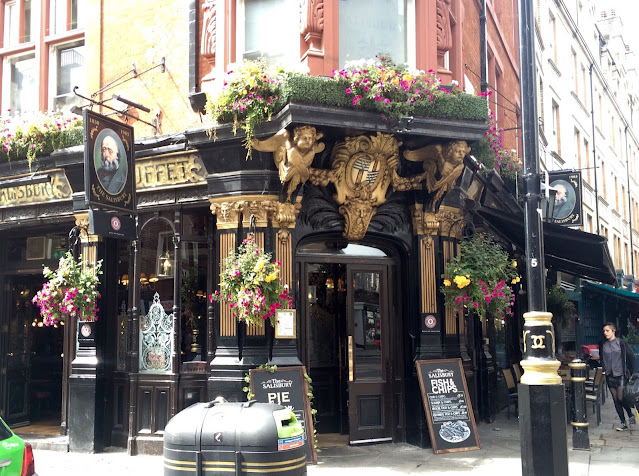











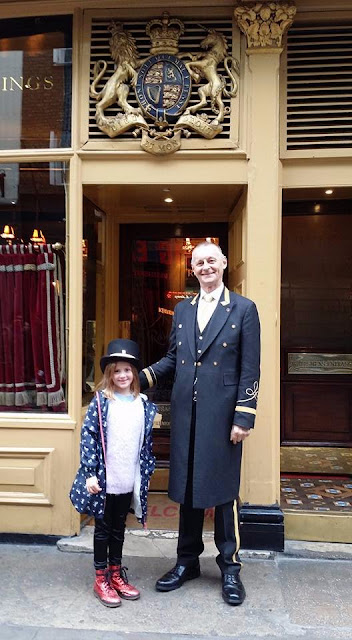


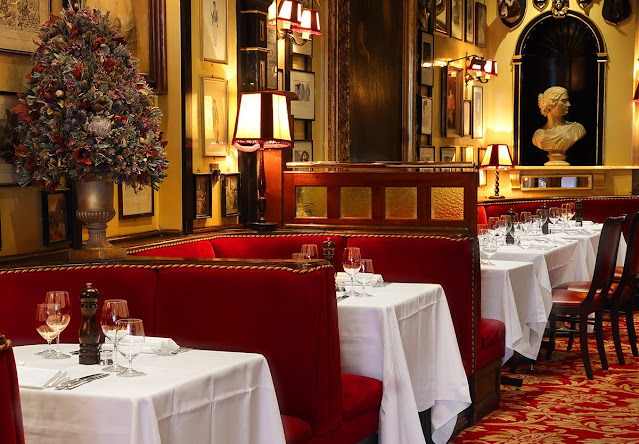



















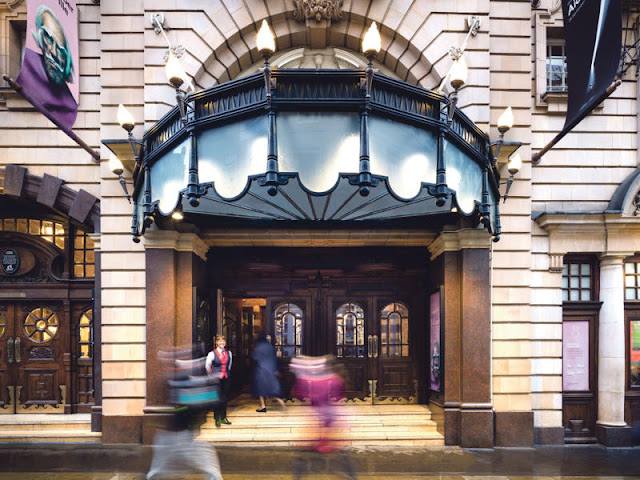



































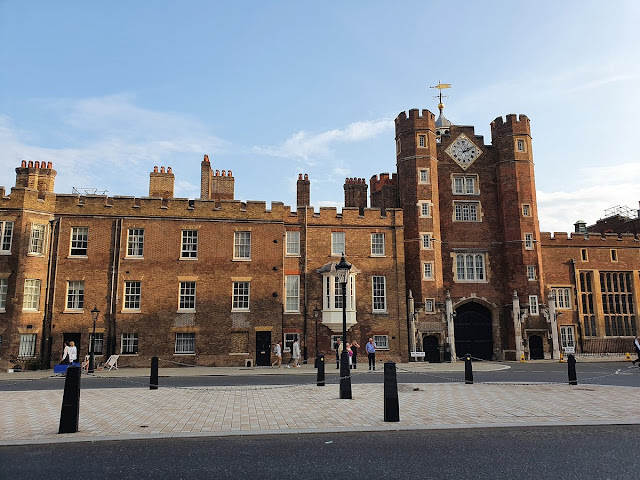


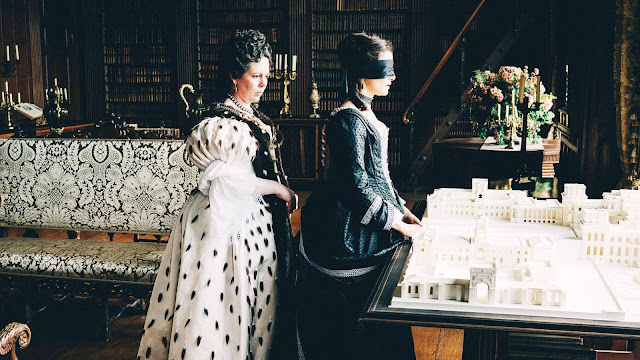





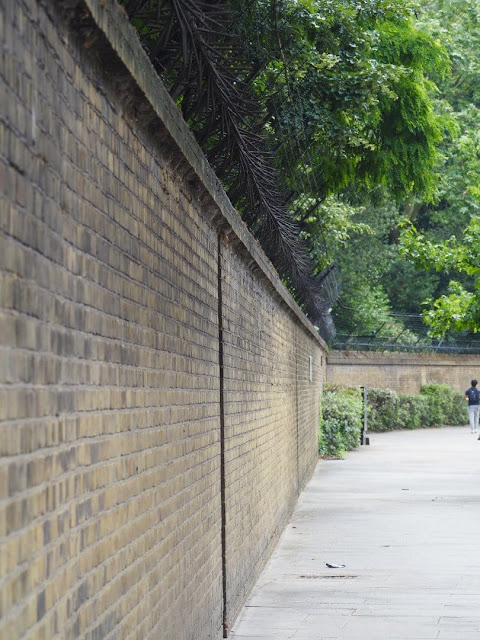

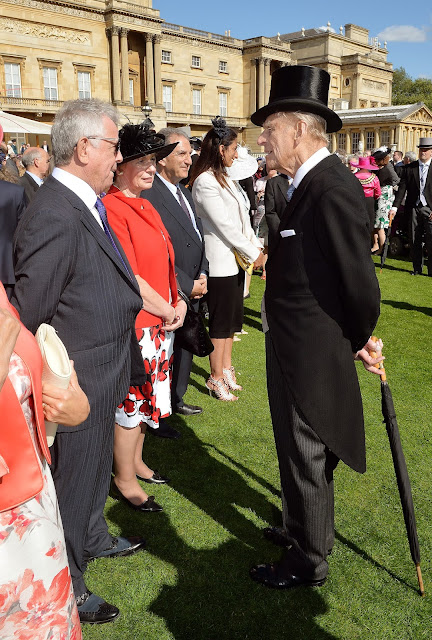

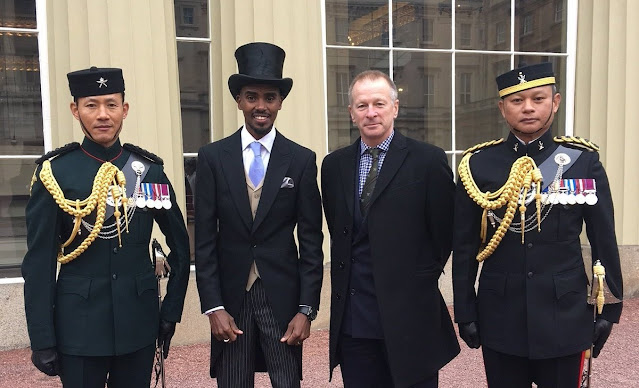



You captured the peaceful mornings and calm rides so well! London really does feel like a breath of fresh air compared to NYC. When I was there, I tried S class chauffeur transfer London for a few days, and it made getting around so relaxing — quiet, comfortable, and super professional.
ReplyDelete